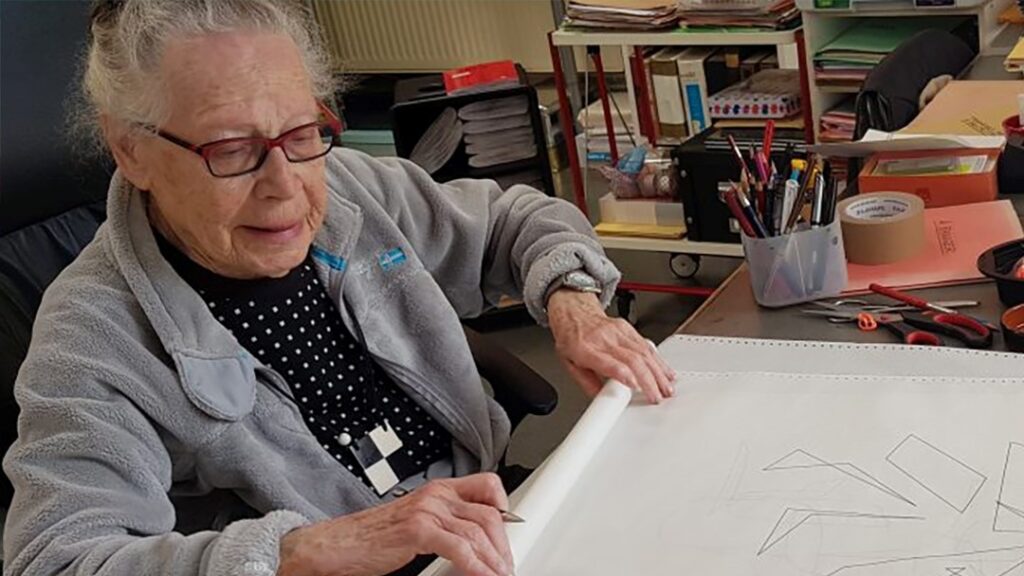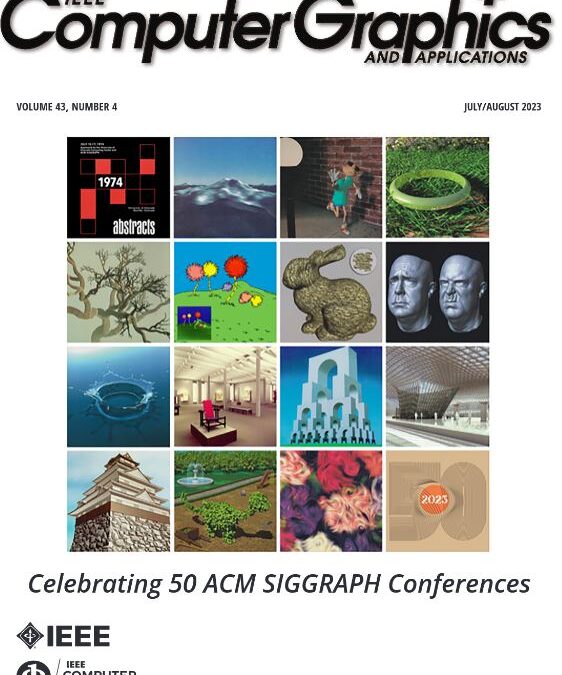Our long-time SIGGRAPH colleague Bill Buxton was appointed an Officer of the Order of Canada in December 2023. This is a hugely prestigious Canadian honor recognizing individuals of outstanding achievement, dedication to the community, service to the nation, and who have enriched the lives of others and made a difference.
William A.S. (Bill) Buxton is a world-renowned Canadian computing pioneer and expert on design. Through his more than 40 years of professional activity, he has advanced the field of human computer interaction (HCI), a research discipline that he has been a leading innovator and researcher in since its early days in the 1970s. He is a thought leader in design principles in general, and specifically in the design of user experiences for computing products, software, and systems. Through his research, innovations, and extensive writings, he has generated considerable international recognition for Canadian computer science while establishing himself as one of the foremost experts globally in HCI and design
Bill Buxton’s contributions to advancing the field of computer interaction formally began with his early years pioneering interfaces to electronic musical instruments during graduate work at the University of Toronto, after foundational undergraduate studies in music composition at Queen’s University at Kingston. He then continued to innovate in the general area of user interfaces during work at the famous Xerox PARC facility, Apple, and later as Chief Scientist and CTO of Canadian company Alias | Wavefront, and at Silicon Graphics Inc. (SGI). Bill’s work with colleagues includes many patented innovations in gesture-based interfaces. He has done extensive research and innovation in touchscreen UI’s, multi-touch interfaces, hybrid touchscreen-keyboard interfaces, as well as in the use of semi-transparency in user interfaces. In recent years, Bill has been an adjunct professor at the University of Toronto while also being a Principal Researcher at Microsoft.
Bill has long been an advocate for, and leading teacher of, user-centric design principles and methods. His book Sketching User Experiences: Getting the Design Right and the Right Design, published in 2007, has become one of the most popular and recommended reference books among modern students and practitioners of product design, especially user interface design. Bill maintains an extensive library of design textbooks with an index that is accessible online, as a service to the design community. He also keeps a remarkable personal historic collection of user interface hardware devices, including an early wooden model of a computer mouse and other historically significant UI devices. He is a highly sought-after public speaker and frequent conference keynote speaker on design and user interface topics.
Recognition of Bill’s work includes multiple honorary doctorates (Toronto, Eindhoven, Queen’s universities), and a long list of awards. In 2011 he became the first recipient of a Canadian Digital Media Pioneer Award. In 2010, he was named one of the world’s 27 most influential designers by Business Week. In 2008, he became the 10th recipient of the Lifetime Achievement Award from ACM SIGCHI.
There is a wealth of information available about him online and in research databases, including some of Bill’s many invited lectures and presentations, as a simple online search on “Bill Buxton” will demonstrate. His personal website billbuxton.com/ contains extensive additional details about his life, work, awards, and personal interests. Bill Buxton’s work throughout his extraordinary career in the study of human-computer interaction and design has brought prominence to Canadian computing research and Canadian technology, and he has represented Canada well on the global stage.

